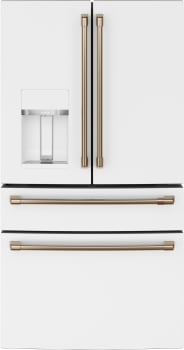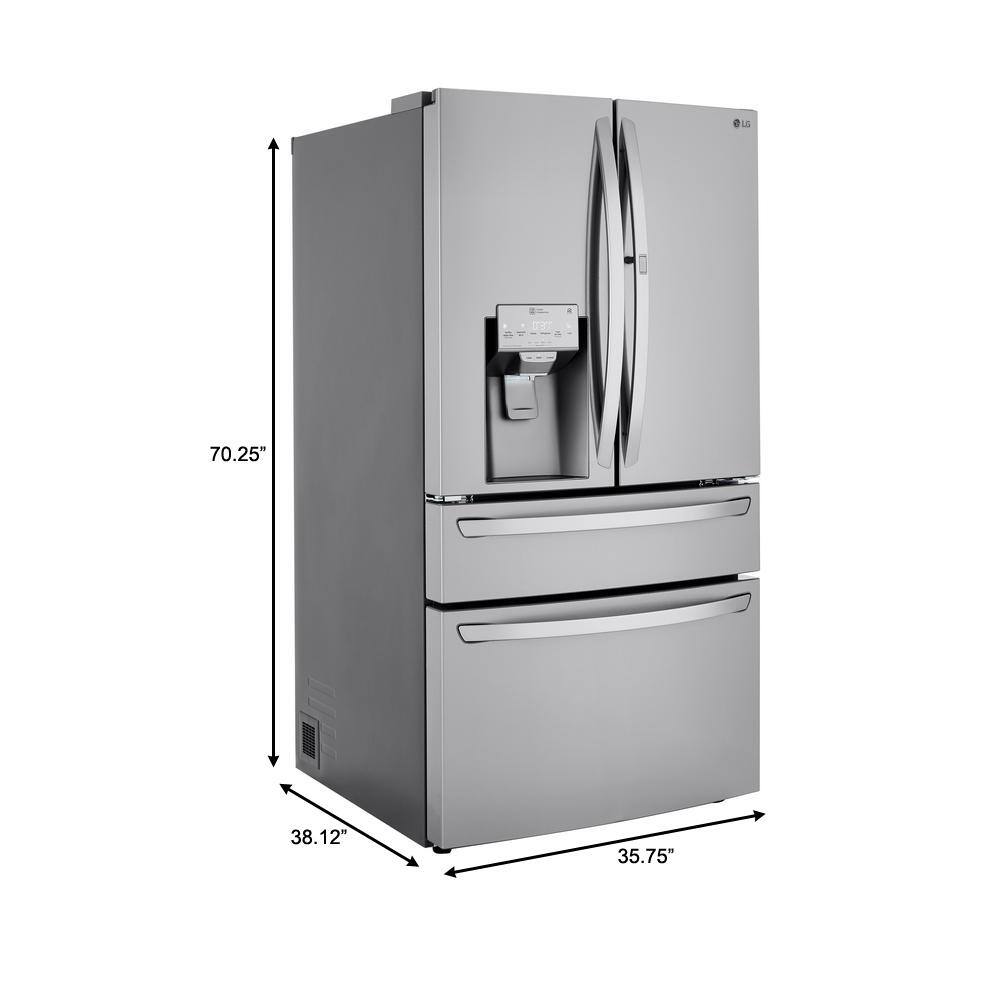Frigidaire 25.5 cu. ft. Side by Side Refrigerator in Stainless Steel
Adjustable interior storage gives you 100 ways to organize. Ice & Water Filter works to keep your water cleaner. Crisper drawers keep fruit and veggies fresh.
The Frigidaire 25.5 cu. ft. Side-by-Side Refrigerator has a large capacity and makes it easy to stay organized with gallon door storage and Crisper Drawers for fruits and vegetables. PureSource 3 filtration gives you great-tasting clean water and ice. Bright Lighting in both the refrigerator and freezer compartments makes it easy to see what’s inside.
- 2-Paddle Design Water and Ice Dispenser is convenient and easy to use
- Ice maker automatically produces ice and eliminates the need to manually fill ice trays
- PureSource 3 water filtration gives you cleaner, better-tasting ice and water at your fingertips
- Ready-Select Control Panel features 5 options including Ice, Crushed Ice, Water, and Dispenser Light on and off switch
- 3 SpillSafe Shelves help to contain spills, preventing spill over, and making clean-up easier
- 2 Crisper Drawers keep your fruits and vegetables fresh
- Door Storage includes a covered Dairy Compartment, 2 Gal. Door bins and Two 2-L Adjustable Door Bins that offer storage for larger items
- Large 16.5 cu. ft. fresh food capacity has the space to keep foods organized and 9 cu. ft. freezer capacity gives you room for storing all your frozen foods
- 1 Full Freezer basket, 3 wire shelves, and 4 White Bins in the door provide organized storage for frozen foods
- 2-door refrigerator model that has the freezer on the left and the refrigerator on the right
- Adjustable storage: Over 100 ways to organize and customize your refrigerator
Additional information
| Depth (Excluding Handles) | 31.75 |
|---|---|
| Depth (Including Handles) | 34.5 |
| Depth (Less Door) | 28.75 |
| Depth With Door Open 90 Degrees (In) | 49.5 |
| Height to Top of Door Hinge (in.) | 69.625 |
| Height to Top of Refrigerator (in.) | 68.875 |
| Product Depth x Height x Width (in.) | 34.5 x 68.625 x 36 |
| Refrigerator Width (In.) | 35.625 |
| Certifications and Listings | UL Listed |
| Manufacturer Warranty | One Year Limited |






by Victor
Just recently purchased and the stainless steel is difficult to keep clean. The fingerprints and smudges are difficult to remove. Used soapy water and stainless steel cleaners but doesn’t work. Wish I had gotten a smudge-proof refrigerator. Any suggestions are welcomed. I’m frustrated. Other than this issue, no other issues right now.
by Balta
Súper fine with me purshased from home depot excellent thanks.
by Reggie
We love everything about the refrigerator.
by Conor
I love it. Great value.
by Eleanor
Love the product it all that I hope for.